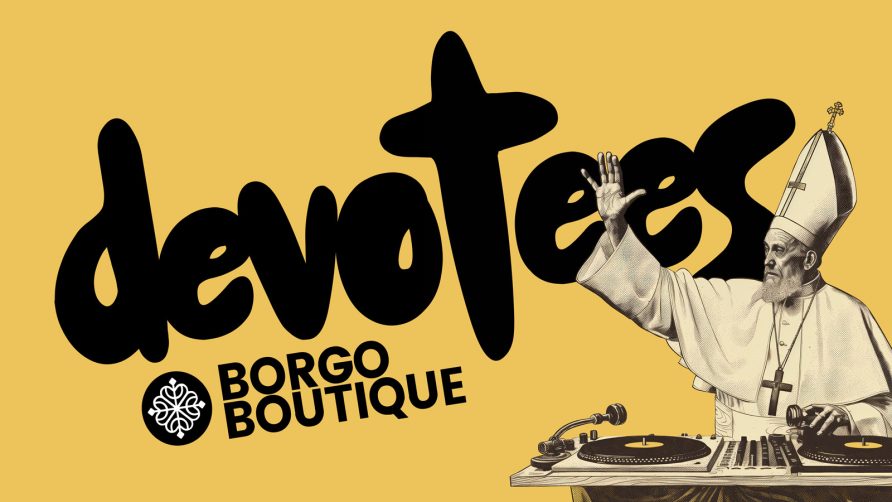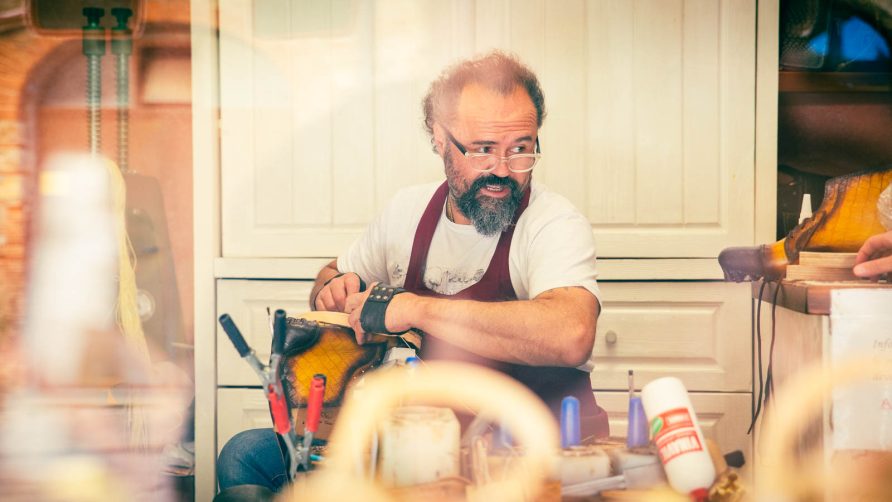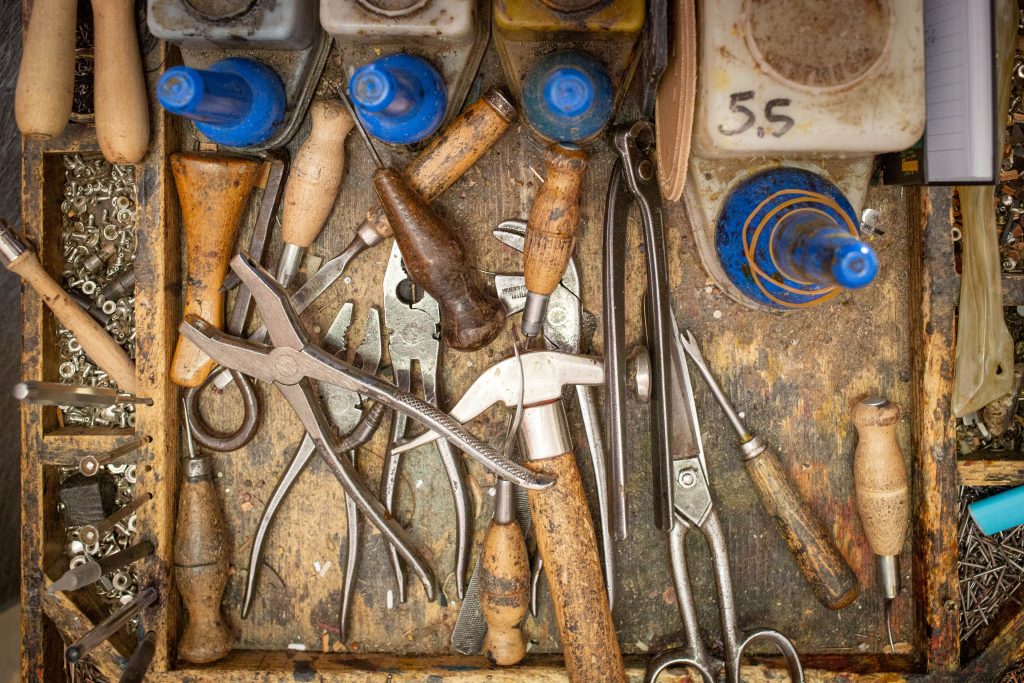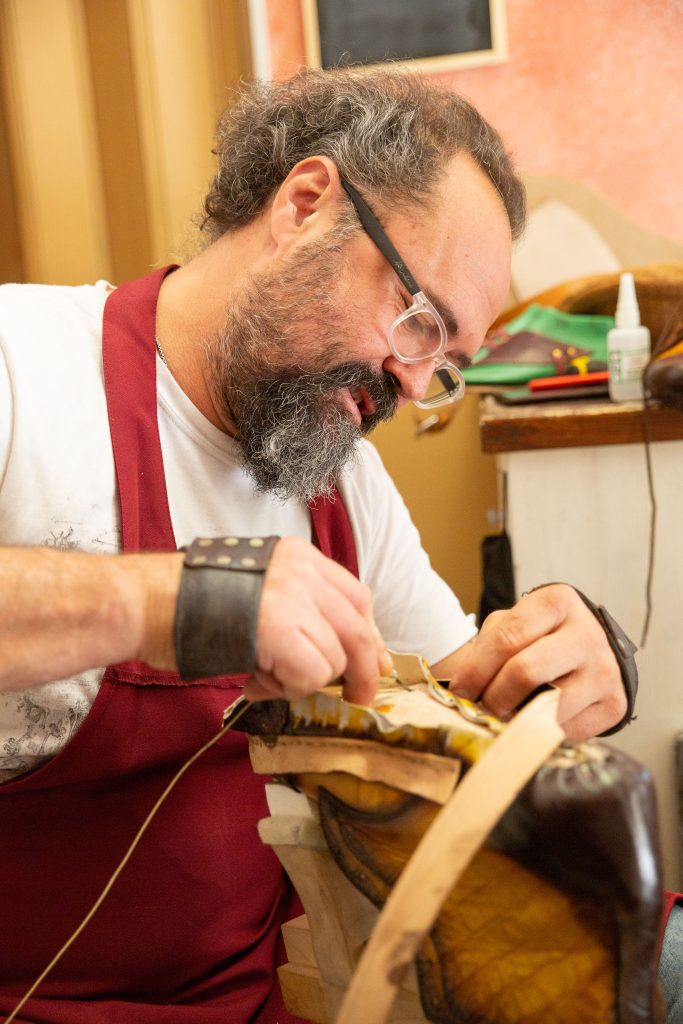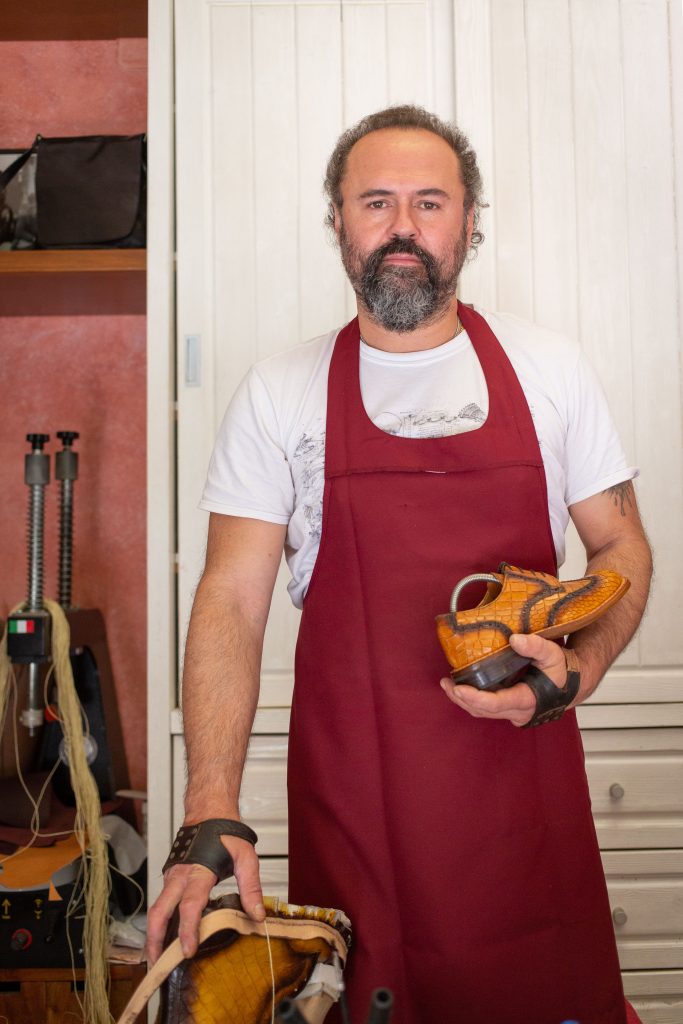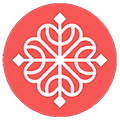What is a Saint?
Saints hold an important place in many religious traditions, particularly in Christianity. They are revered as examples of virtue, embodying ideals of faith and righteousness. In modern language, calling someone a Saint merely implies they’re a good person. There is, however, more to actually being a Saint. This article explores what it means to be a saint, the process of canonization and the distinction between saints & patron saints. As examples, we will explore various popular patron saints and discover their role as a bridge between the human world & a spiritual realm.
How to become a Saint
Typically, a saint is an ordinary person who has experienced an extraordinary life. Their lives are marked by acts of charity, devotion, piety or extraordinary virtue. A person can’t simply decide to become a saint. A candidate is only nominated after death. As a whole, the character of one’s life is considered to determine eligibility for sainthood. Not to say that becoming a saint is a subjective matter or a popularity contest; there is in fact a structured vetting process.
Unsurprisingly, the process to becoming a saint is overseen by the catholic church and is known as canonization. This involves a thorough examination of a candidate’s life, miracles, and their impact on the faithful.
4 (not-so-easy) Steps to Sainthood
- Servant of God
After a candidate’s death, the canonization process begins at the local level. In response to a petition, the local diocese (where the candidate died) grants permission to start an investigation. After sufficient evidence has been collected, the local bishop presents the findings about the candidate to the Congregation for the Causes of the Saints (aka The Department of Saints) at the Vatican. An adjudicator is assigned to the case, who further collects information on the candidate’s life. The body is exhumed, examined and relics are collected and preserved. At this point the candidate is referred to as a Servant of God. - Venerable
When sufficient evidence is collected, the Pope proclaims the candidate as being “Venerable”. This means that the candidate displayed theological virtues in life, including prudence, justice, fortitude, temperance, faith, hope and charity. The faithful are now allowed to pray to a Venerable and call upon them to perform miracles. This is an important step as proof of miracles after death are a requirement of sainthood. - Blessed
Based on the evidence of one’s life, the Church decides if the candidate is worthy of belief and likely to be in heaven. The candidate is given the title of “Blessed”, and a feast day is granted but only at their local parish. - Saint
This part of the process requires the evidence of miracles after death. Evidence of 2 miracles are required (only 1 is required for martyrs). The vast majority of miracles are medical in nature, involving inexplicable healing in medical cases without known cures. Finally, once the miracle criteria have been satisfied, the candidate receives the title of “Saint”. A universal feast day is designated, and churches can be named after the new saint.
Saints vs. Patron Saints
While all patron saints are saints, not all saints are patron saints. A patron saint is defined as a heavenly advocate for a particular cause, place, profession, or group of people. Based on the unique characteristics of their lives, Patron Saints are perceived as ‘subject matter experts’ or specialists. They are believed to help those who invoke their aid, offering protection and guidance. For instance, Saint Christopher is the patron saint of travelers, invoked for safety during journeys, while Saint Benedict is the patron saint of Europe and students, and Saint Francis of Assisi is the patron saint of animals and the environment. Let us explore these popular patron saints.
Popular Patron Saints
Saint Christopher
Saint Christopher, amongst the most popular patron saints, is best known as the protector of travelers. According to legend, he was a giant who converted to Christianity and dedicated his life to helping travelers cross a dangerous river. One day, he carried a child across the river, who grew heavier and heavier and revealed himself as Christ. This story symbolizes bearing Christ in our hearts and helping others. Saint Christopher’s example teaches us to support and protect those around us, especially in their times of need.
Saint Benedict
Benedict of Nursia is celebrated as the father of Western monasticism. His most notable contribution is the Rule of Saint Benedict, a guide for monastic life that emphasizes prayer, work, and community living. Saint Benedict is also the patron saint of Europe and students, revered for his wisdom and commitment to learning. His life encourages us to seek balance between work and prayer, and to cultivate a spirit of community and discipline in our daily lives.
Saint Francis of Assisi
Saint Francis of Assisi is one of the most beloved saints in Christian history. He is known for his profound love for nature and his commitment to poverty and humility. He founded the Franciscan Order and is the patron saint of animals and the environment. Saint Francis’ life inspires us to live simply, to show compassion to all living creatures, and to be stewards of the Earth.
The Role of Saints in the Modern World
Whether you are a religious person or not, saints serve as powerful examples of how to live a life of virtue, faith, and purpose. They remind us that holiness is not an esoteric concept but is attainable through dedication, faith and love. Their stories serve as a counterbalance to a contemporary world lacking meaningful actions and experiences.
It is easy to forget that saints we real people like us. As time passes, their stories become increasingly mythologic. The Devotees Project aims to humanize saints by showing them as real people in a modern & fun context. Visit our shop to discover the Devotees!
Wear your faith with pride.



